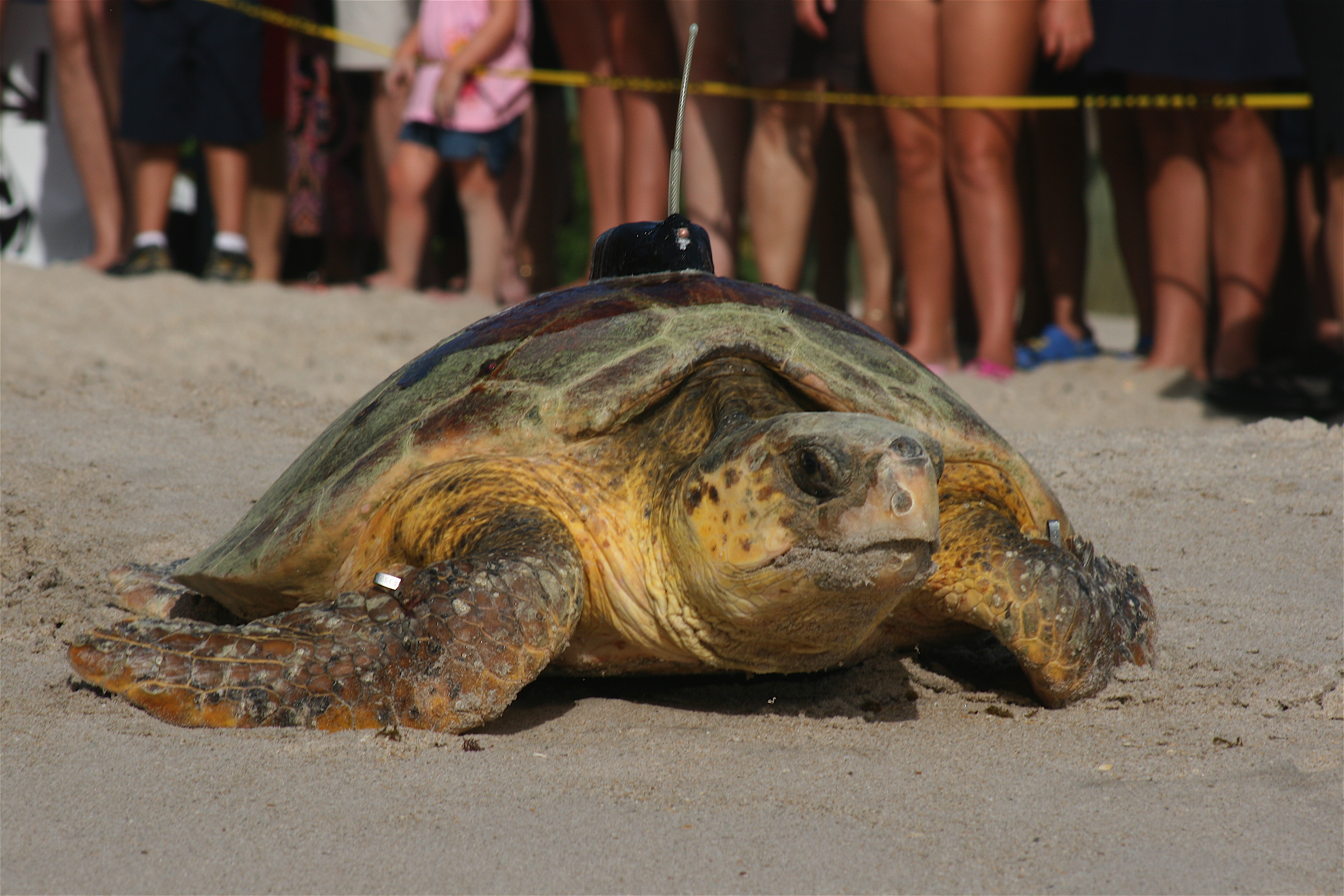When you purchase through links on our site , we may earn an affiliate mission . Here ’s how it works .
Over a menstruation of less than three week , more than 100 endangered sea turtleneck wash up dead on an 18 - mile ( 30 kilometer ) stretch of beach on the Pacific coast of Mexico near Guatemala , and authorities are n’t sure why .
The mass death rate event began on July 24 , when 26 idle turtles were discovered in the small tourist beach Ithiel Town of Puerto Arista in the DoS of Chiapas , Mexico ’s Federal Attorney for Environmental Protection ( PROFEPA ) reported . In the following days , officials recorded dozens more dead sea turtle in the area .

A stock photo of an olive ridley sea turtle (Lepidochelys olivacea) emerging from the ocean to nest.
On Saturday ( Aug. 18 ) , PROFEPA reported that by Aug. 13 , the number of dead turtles totaled 102 olive ridley sea turtles ( Lepidochelys olivacea ) , six hawksbill ocean turtles ( genus Eretmochelys imbricate ) and five Pacific black sea turtle ( Chelonia mydas agassizii ) . All three coinage are classified by the Mexican political science as critically endangered , PROFEPA report . [ In Photos : Tagging Baby Sea Turtles ]
The all in turtles were all adults , including both males and female , and in various stage of decomposition reaction . PROFEPA is performing necropsies on a few of the specimens and collecting tissue sampling to aid determine the cause of the deaths .
Wildlife expert suspect that some of the turtle died from interactions with fisheries operations in the area . Several of the turtles found on July 24 had injuries that seem to come from a hooks or sportfishing nets , PROFEPA report .

The coastal waters off Puerto Arista are part of a protected shipboard soldier sanctuary , but sea turtles in the sphere are occasionallycaught in legal sportfishing netsand drown . On Aug. 2 , authorities met with fishers in the region and pep up them to exercise responsible fishing technique that control security of the endangered sea turtles , PROFEPA account .
Original article onLive Science .

















